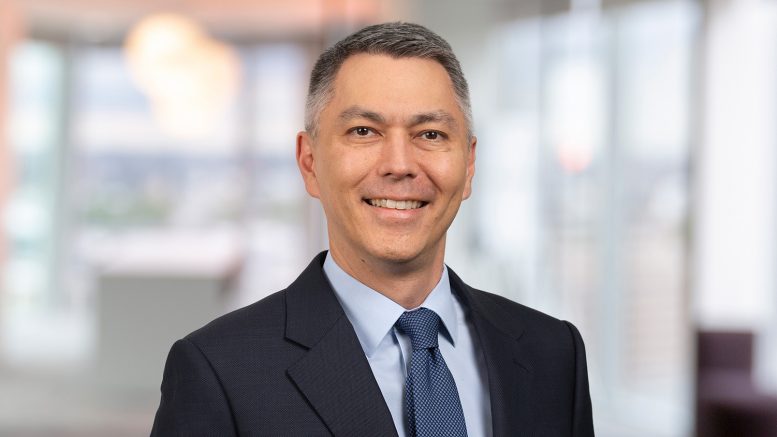BHP (ASX, LON, NYSE: BHP) is fine-tuning a revamped strategy to reduce the company’s operational emissions and its use of diesel by 2030, chief executive Mike Henry said on Thursday.
The “very tangible actions” to be announced on Sept. 10, are part of the world’s largest miner’s broader commitment to become carbon-neutral by 2050.
Henry told shareholders he would also announce concrete steps towards reducing the company’s Scope 3 emissions (those generated by end-users). BHP is the top exporter of coking coal used in steelmaking and the third-ranking producer of iron ore, the raw material for steel.
The highly polluting process of making steel involves adding coking coal to iron ore to make the alloy, and is responsible for up to 9% of global greenhouse emissions.
Henry noted that some of the projects that will help the company cut emissions will be funded through a US$400-million climate investment program, announced in 2019.
Henry also highlighted some of the steps the company has already taken to become a “greener” company. Those include carbon capture and storage and other innovations such as direct air capture.
BHP announced four energy agreements last year to run its Chilean operations, including the Spence plant and Escondida, the world’s largest copper mine, entirely on renewable power.
The Melbourne, Australia-based giant is also aiming to eliminate the use of water from aquifers in Chile by 2030.
Spence, a desalination water plant with a capacity of 1,000 litres per second, was expected to support a US$2.5 billion expansion. The project, originally slated to be complete by year-end, was deferred until 2021 due to the coronavirus pandemic, BHP said in April.
At Escondida, a second desalination plant was commissioned in 2017, with a maximum capacity of 2,500 litres per second. Additional upgrades as well as the connection of the original desalination plant to the conveyance system will further increase total capacity.
Chile’s environmental watchdog said in July it would charge Escondida with exceeding its water allowance permits for nearly 15 years.
In September, BHP also plans to update its portfolio assessment, taking into account Paris agreement goals, Henry said. The miner said in June that it would sell or demerge some of its coal mines, including the Mount Arthur thermal coal mine in Australia.
Executive remuneration will also include an element tied to climate change actions, the executive said.
BHP’s Australian annual general meeting takes place on Oct. 14, and its London AGM on Oct. 15.
— This article first appeared in our sister publication, MINING.com


So, does this move involve using Plasma torches?